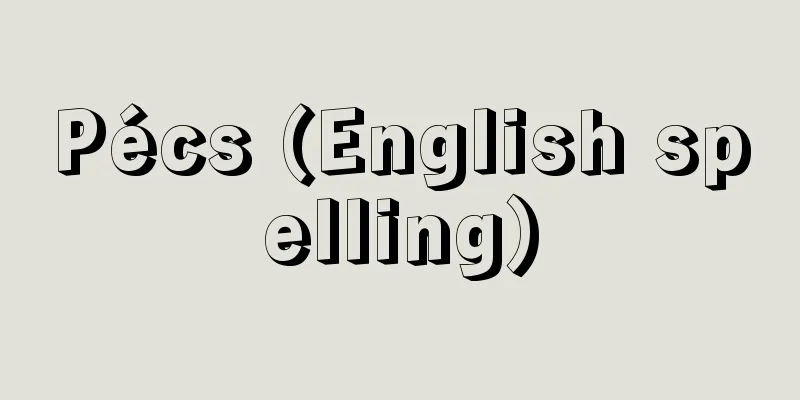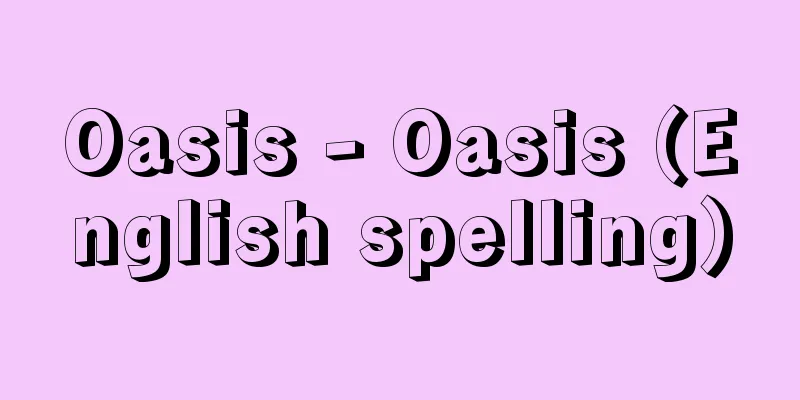Gentile - Giovanni Gentile

|
Italian philosopher. Born in Castelvetrano, Sicily. Studied Hegelian philosophy at the École Normale Supérieure in Pisa, and taught at universities in Palermo, Pisa, Rome, and elsewhere. He published the magazine Critica for about 20 years in collaboration with Croce, and was responsible for publishing the enormous Encyclopedia Italiana. From 1922 to 1924, he served as Minister of Education in the Fascist government, proposing the so-called Gentile Reforms. He was an influential ideological leader of Fascism, but after the fall of Fascism, he was murdered in Florence as a traitor for pledging allegiance to the puppet government established by the German occupying forces. Along with Croce, he was a representative of Italian idealism, and criticized Hegel's dialectics as the dialectics of "the thought", believing that dialectics is only the development and generation of the "thinking thing", that is, the active subjectivity of thought. His "activism" centered on this transcendental subjectivity of "atto puro" (pure activity) is developed in his major work, "The General Theory of Spirit as Pure Activity" (1916). He regarded history as the development of the activity of thinking, emphasized its aspect as a speculative system, and identified philosophy with the history of philosophy, so he also wrote many books on the history of philosophy, which are included in "History of Italian Philosophy" (1936). In pedagogy, he argued that by placing emphasis on self-formation in education, mere technocracy can be overcome. [Keiji Otani] [References] |Source: Shogakukan Encyclopedia Nipponica About Encyclopedia Nipponica Information | Legend |
|
イタリアの哲学者。シチリアのカステルベトラーノに生まれる。ピサの高等師範学校でヘーゲル哲学を学び、パレルモ、ピサ、ローマなどの大学で教える。クローチェと協力して約20年間『批評(クリティカ)』誌を発行、膨大な『イタリア百科全書』の発行責任者を務めた。1922年から1924年にかけてファシスト政府の文部大臣となり、いわゆるジェンティーレ改革を提案する。ファシズムの思想的指導者として影響力をもったが、ファシズム失墜後、ドイツ占領軍が樹立した傀儡(かいらい)政権に忠誠を誓ったため、裏切り者としてフィレンツェで殺害された。 クローチェとともにイタリア観念論の代表者であり、ヘーゲルの弁証法を「思惟(しい)されたもの」の弁証法として批判し、「思惟するもの」すなわち思惟の活動的な主観の発展、生成としての弁証法しかないと考える。超越的主観たるこの「アット・プーロ」(純粋活動)を中心とした「活動主義」は、主著ともいうべき『純粋活動としての精神の一般的理論』(1916)のなかで展開されている。歴史を思惟する活動の発展としてとらえ、その思弁的体系としての側面を重視し、哲学と哲学史を同一視するため、哲学史に関する著述も多く、それらは『イタリア哲学史』(1936)に収められている。教育学においては、自己形成に教育の重点を置くことによって、単なる技術主義を克服すると説く。 [大谷啓治] [参照項目] |出典 小学館 日本大百科全書(ニッポニカ)日本大百科全書(ニッポニカ)について 情報 | 凡例 |
<<: Gentileschi, Orazio (Lomi)
>>: Científicos - Científicos (English spelling)
Recommend
Stratum (English)
It is a rather ambiguous concept, being used on t...
Battle of Mikatagahara
A battle between Takeda Shingen and Tokugawa Ieyas...
Group - Kumi
It is a functional (interest) group based on loca...
Nishiaizu [town] - Nishiaizu
A town in Yama District, northwest of Fukushima Pr...
avocet
...All species have long legs and a sleek shape. ...
Hairesis
…The term comes from the Greek word hairesis, mea...
Sea sand - Umizuna
salt. See the entry for "sea" in the kan...
Metal fluorescent indicators
...Rhodamine B and 1,10-phenanthroline complexes ...
Yugeshimaso - Yugeshimanosho
A medieval manor located on Yuge Island in Kamiji...
Campbell, JW
...This tradition has been passed down to modern ...
Anelio, GF - Anelio
A cappella is a group of musicians who composed c...
Egg Cycle
...This is because when small producers expand pr...
Sakuragai (cherry shell) - Nitidotellina nitidula
A bivalve mollusca of the family Daygastropoda (il...
Indirect aggression
In contrast to direct aggression, which refers to...
Shortbill spearfish
A marine fish of the family Marlinidae in the orde...









